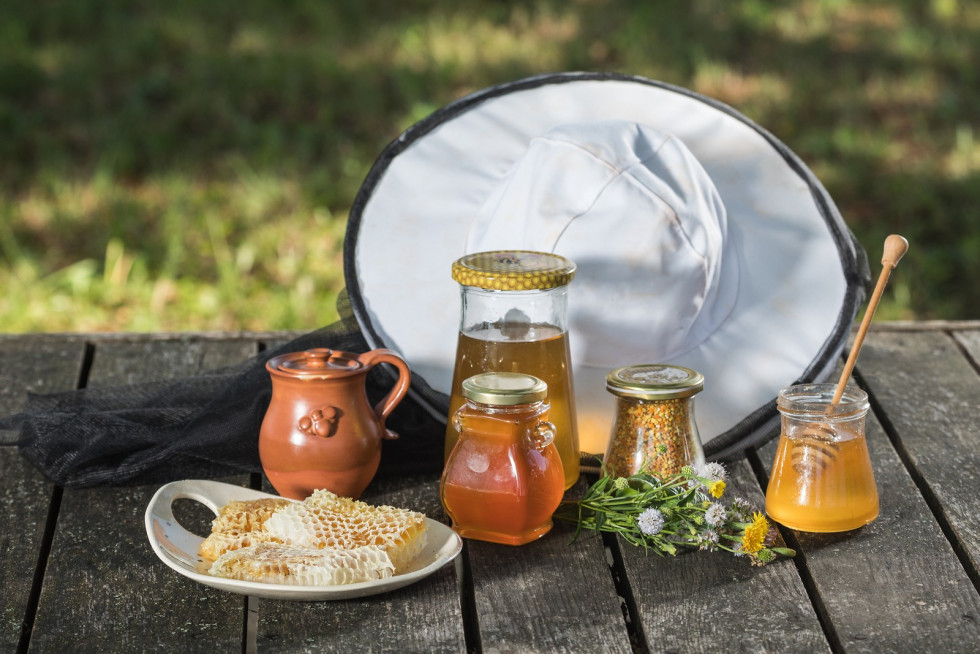Slovenia and Croatia in a bid to protect Istrian honey
Slovenia and Croatia have decided to submit a joint application to the European Commission for the registration of Istrian honey.
The application for the protection of honey named "Istrski med/Istarski med" has been drawn up by Slovenian beekeepers of the Coastal Beekeeping Society from Koper and Croatian beekeepers from Istria and the Poreč Agriculture and Tourism Institute, stated the Ministry of Agriculture, Forestry and Food today.
Transitional national protection means that the name "Istrski med/Istarski med" is protected only in Slovenia and Croatia until it is registered by the European Commission. When it is registered by the European Commission, it will be granted EU-wide protection.
The Istrian honey may only be produced in the territory of Slovenian and Croatian Istria. The territory of production in Slovenia covers the area of the coastal municipalities of Koper, Izola, Piran and Ankaran, and in Croatia, the honey is produced on the Istrian peninsula and nearby islands in the Istria County, the territory of the municipalities of Opatija, Lovran, Mošćenička Draga and Matulji, the islands of Cres and Lošinj and smaller nearby islands of Unije, Ilovik, Susak, Vele Srakane, and a number of smaller uninhabited islands.
Istria, which has a special position as it lies on the border of two biogeographical regions, Mediterranean and Continental, is famous for its flora shaped by Dinaric, Alpine and Mediterranean influences. Various vegetation habitats are thus found in the Istrian peninsula, and the diverse vegetation is essential for the production of the Istrian honey.
These natural assets, which enable the honey to be produced, make the honey unique. The presence of pollen of more than 110 plant species has been found in honey samples from the Istria area. The types of the Istrian honey include acacia honey, sage honey, chestnut honey, linden honey, floral honey and forest honey.
The Istrian honey is both produced and packaged in this geographical area. Packaged Istrian honey bears a uniform label depicting a drop of honey. Before they begin honey production, beekeepers are required to obtain a certificate from certification authorities.

